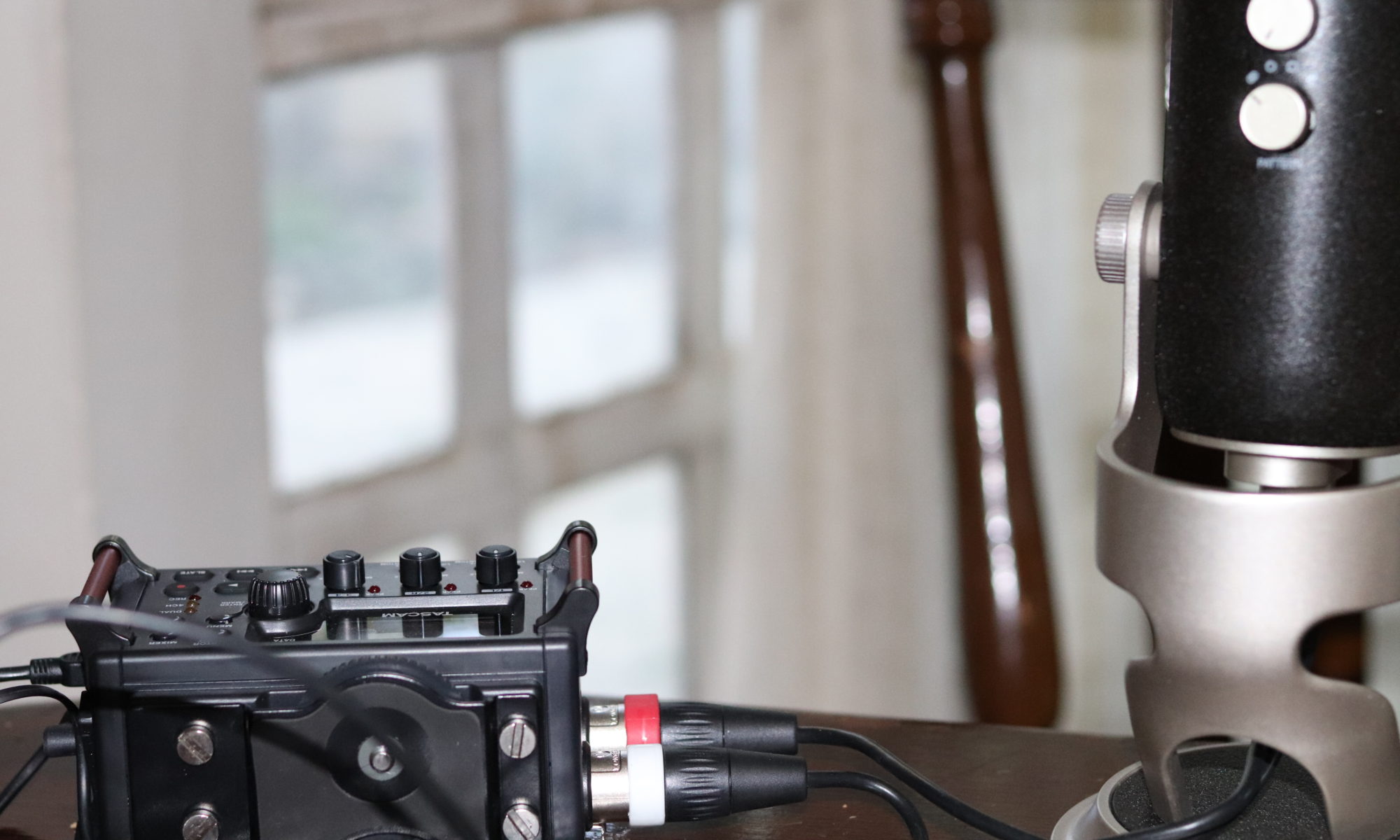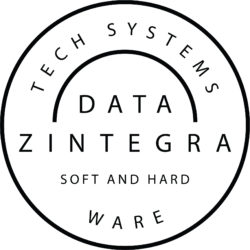The International Phonetic Alphabet (IPA)[note 1] is an alphabetic system of phonetic notation based primarily on the Latin alphabet. It was devised by the International Phonetic Association as a standardized representation of the sounds of oral language.[1] The IPA is used by lexicographers, foreign language students and teachers, linguists, speech-language pathologists, singers, actors, constructed language creators, and translators.[2][3]
The IPA is designed to represent only those qualities of speech that are distinctive in oral language: phonemes, intonation, and the separation of words and syllables.[1] To represent additional qualities of speech, such as tooth gnashing, lisping, and sounds made with a cleft palate, an extended set of symbols called the Extensions to the IPA may be used.[2]
IPA symbols are composed of one or more elements of two basic types, letters and diacritics. For example, the sound of the English letter ⟨t⟩ may be transcribed in IPA with a single letter, [t], or with a letter plus diacritics, [t̺ʰ], depending on how precise one wishes to be.[note 2] Often, slashes are used to signal broad or phonemic transcription; thus, /t/ is less specific than, and could refer to, either [t̺ʰ] or [t] depending on the context and language.
Occasionally letters or diacritics are added, removed, or modified by the International Phonetic Association. As of the most recent change in 2005,[4] there are 107 letters, 52 diacritics, and four prosodic marks in the IPA. These are shown in the current IPA chart, posted below in this article and at the website of the IPA.[5]
| Place → | Labial | Coronal | Dorsal | Radical | Glottal | |||||||||||||||||||||
| ↓ Manner | Bilabial | Labio-dental | Dental | Alveolar | Postalveolar | Retroflex | Alveolo-palatal | Palatal | Velar | Uvular | Pharyngeal | Epiglottal | Glottal | |||||||||||||
| Nasal | m̥ | m | ɱ | n̪ | n̥ | n | n̠ | ɳ̊ | ɳ | ɲ̟ | ɲ̊ | ɲ | ŋ̊ | ŋ | ɴ | |||||||||||
| Stop | p | b | p̪ | b̪ | t̪ | d̪ | t | d | ʈ | ɖ | c | ɟ | k | ɡ | q | ɢ | ʡ | ʔ | ||||||||
| Sibilant fricative | s̪ | z̪ | s | z | ʃ | ʒ | ʂ | ʐ | ɕ | ʑ | ||||||||||||||||
| Non-sibilant fricative | ɸ | β | f | v | θ | ð | θ̱ | ð̠ | ç | ʝ | x | ɣ | χ | ʁ | ħ | ʕ | ʜ | ʢ | h | ɦ | ||||||
| Approximant | ʋ | ɹ | ɻ | j̊ | j | ɰ | ||||||||||||||||||||
| Flap or tap | ⱱ̟ | ⱱ | ɾ | ɽ | ɢ̆ | ʡ̯ | ||||||||||||||||||||
| Trill | ʙ | r̥ | r | ɽ͡r | ʀ | ᴙ * | ||||||||||||||||||||
| Lateral fricative | ɬ | ɮ | ꞎ * | ʎ̝̊ | ʟ̝̊ | ʟ̝ | ||||||||||||||||||||
| Lateral approximant | l̥ | l | ɭ | ʎ̟ | ʎ | ʟ | ||||||||||||||||||||
| Lateral flap | ɺ | ɺ̢ * | ʎ̯ | ʟ̆ | ||||||||||||||||||||||
| Non-pulmonic consonants | |||||||||
|---|---|---|---|---|---|---|---|---|---|
| Clicks | ʘ | ǀ | ǃ | ǂ | ǁ | ||||
| ʘ̃ | ʘ̃ˀ | ʘ͡q | ʘ͡qʼ | ‼ | |||||
| Implosives | ɓ | ɗ | ʄ | ᶑ | ɠ | ʛ | |||
| Ejectives | pʼ | t̪ʼ | tʼ | cʼ | ʈʼ | kʼ | qʼ | ||
| fʼ | θʼ | sʼ | ɬʼ | ʃʼ | ʂʼ | ɕʼ | xʼ | χʼ | |
| tsʼ | tɬʼ | cʎ̝̥ʼ | tʃʼ | ʈʂʼ | kxʼ | kʟ̝̊ʼ | qχʼ | ||
| Affricates | |||||||||
|---|---|---|---|---|---|---|---|---|---|
| p̪f | b̪v | ts | dz | t̪s̪ | d̪z̪ | tθ | dð | tʃ | dʒ |
| tɕ | dʑ | ʈʂ | ɖʐ | tɬ | dɮ | cç | ɟʝ | cʎ̥˔ | |
| kx | ɡɣ | kʟ̝̊ | ɡʟ̝ | qχ | ɢʁ | ||||
| Co-articulated consonants | ||||
|---|---|---|---|---|
| Continuants | ʍ | w | ɥ | ɧ |
| Occlusives | k͡p | ɡ͡b | ŋ͡m | |
| — These tables contain phonetic symbols, which may not display correctly in some browsers. [Help] |
| — Where symbols appear in pairs, left–right represent the voiceless–voiced consonants. |
| — Shaded areas denote pulmonic articulations judged to be impossible. |
| — Symbols marked with an asterisk (*) are not defined in the IPA. |
- Notes
- Asterisks (*) indicate unofficial IPA symbols for attested sounds. See the respective articles for ad hoc symbols found in the literature.
- In rows where some letters appear in pairs (the obstruents), the letter to the right represents a voiced consonant (except breathy-voiced [ɦ]). However, [ʔ] cannot be voiced, and the voicing of [ʡ] is ambiguous.[37] In the other rows (the sonorants), the single letter represents a voiced consonant.
- Although there is a single letter for the coronal places of articulation for all consonants but fricatives, when dealing with a particular language, the letters may be treated as specifically dental, alveolar, or post-alveolar, as appropriate for that language, without diacritics.
- Shaded areas indicate articulations judged to be impossible.
- The letters [ʁ, ʕ, ʢ] represent either voiced fricatives or approximants.
- In many languages, such as English, [h] and [ɦ] are not actually glottal, fricatives, or approximants. Rather, they are bare phonation.[38]
- It is primarily the shape of the tongue rather than its position that distinguishes the fricatives [ʃ ʒ], [ɕ ʑ], and [ʂ ʐ].
- The labiodental nasal [ɱ] is not known to exist as a phoneme in any language.[39]
http://ipa.group.shef.ac.uk/symbols.php

